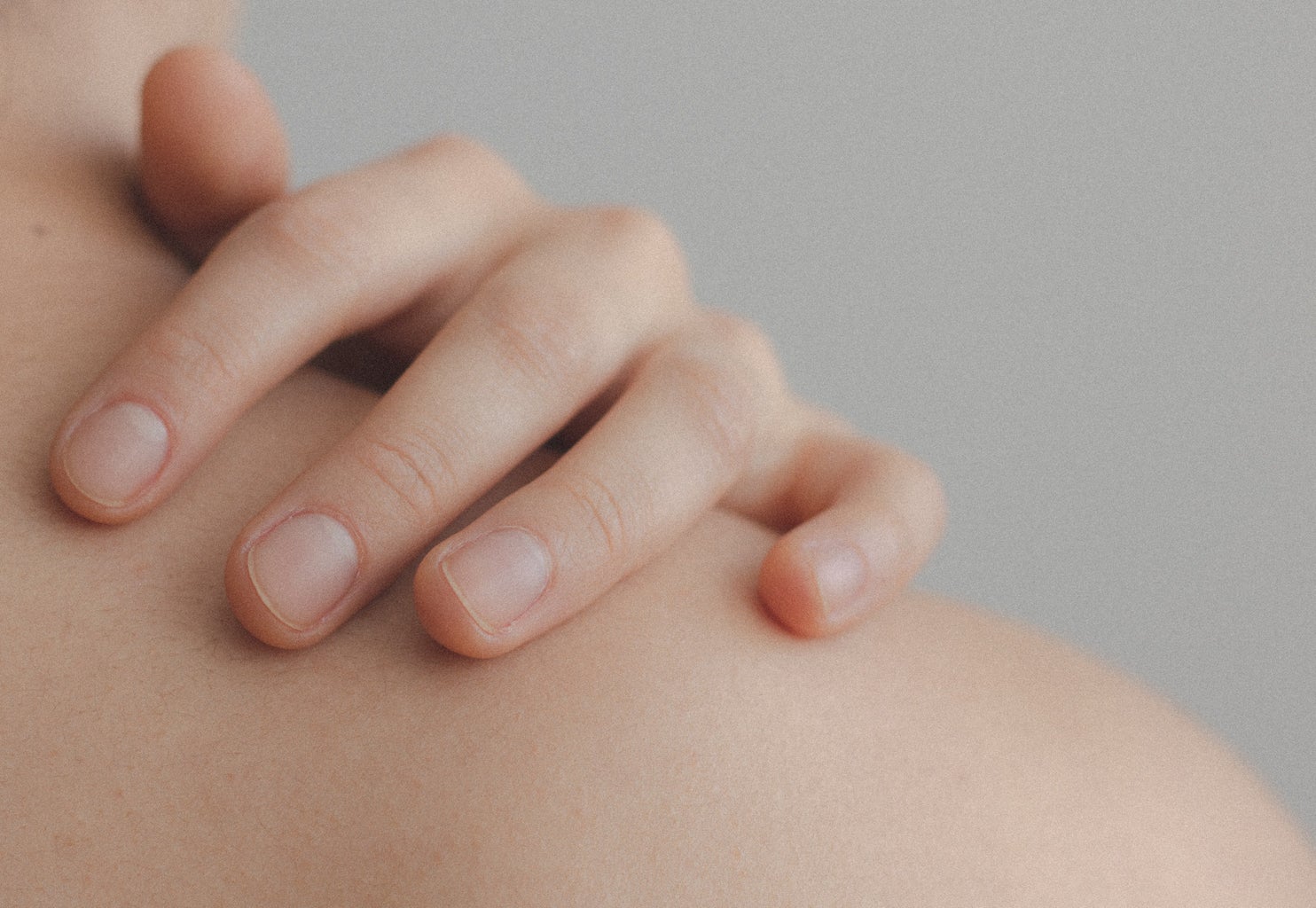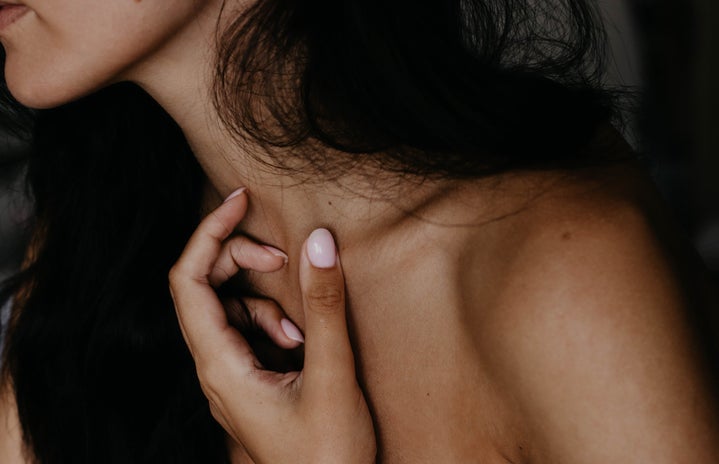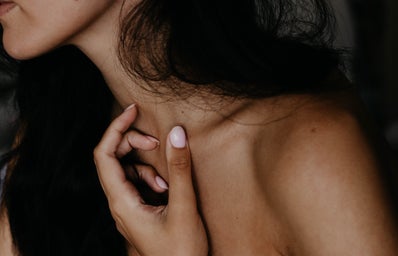This piece has been syndicated from Her Campus UFL. You can join a chapter at your school (or start your own!).
The evidence is in my very first baby picture: redness harshly marked my inner elbows. My parents always thought I’d grow out of it. But I came to find out during a visit to a dermatologist that it’s something I’ll have to deal with for the rest of my life.
I have the most common form of eczema.
According to the National Eczema Association, more than 18 million Americans have this common form of eczema (also known as atopic dermatitis), which makes its mark as inflammation of the skin, causing redness, itchiness and scaliness. Beautiful, right? And I have the long-lasting kind.
The eczema grew with me. I only had it on my arms as a child. Fragrances, heat, sweat, cold, dry climates, dry skin and stress can trigger it, which explains why it made a reappearance once I started school at the University of Florida over two years ago.

My hand subconsciously gravitated to cover my face during conversations. I can recall an emotional phone call to my mom in which I finally realized I needed to stop feeling sorry for myself and fix it.
Now, for some context, I hadn’t had a flare-up since I was about 10 years old. I didn’t realize eczema could stay with you for the rest of your life. My dermatologist told me that as you get older, it travels further up the body, hence my face.
She loaded me up with steroid creams and recommended I change my face wash and lotion. For a few months, the prescriptions worked. My lip was no longer a problem — but, everywhere else was. It traveled behind my ears, down my neck, to my hand and even under my eye.
I was embarrassed. It became an obstacle in my everyday life.
I tried to cover it up with makeup, but, of course, it only made it worse. I avoided looking directly at people. It’s such a small, insignificant frustration that I let hold me back. If I saw someone’s eyes zero in on me, my automatic response before anyone could even ask was, “Oh, yeah. It’s just eczema.” I didn’t want people to stare at me as if there was something wrong with me.
My friends and family understood. This alleviated my constant thoughts about it. Soon enough, I forgot altogether unless a flare-up actually began to hurt. Fast forward to a scolding from my dermatologist, and it was a bitter goodbye to Bath and Body Works. My nurse snuck me a stash of Aveeno lotions and Cetaphil samples for the road.
It made me feel better that people understood and wanted to help me overcome my insecurity.
One to three percent of adults in the U.S. struggle with eczema, according to Neosporin.com. It may sound like a small population, but not as small as one would think. I met a woman who is also all too familiar with the struggle. We bonded over the nuisance of it. It made me realize that I’m not alone in this and it shouldn’t limit me. Why should I be ashamed of my own skin?




